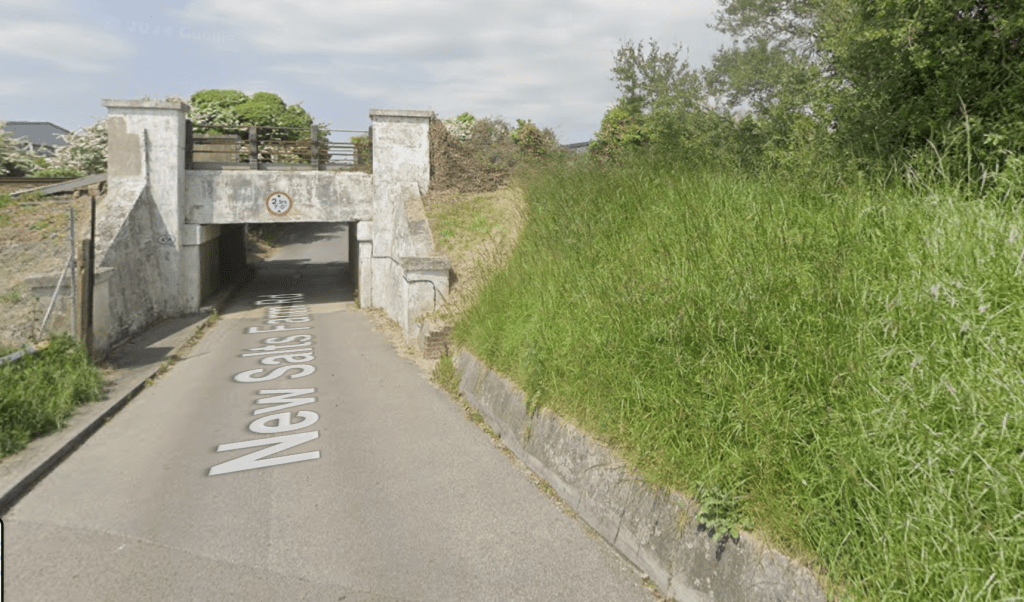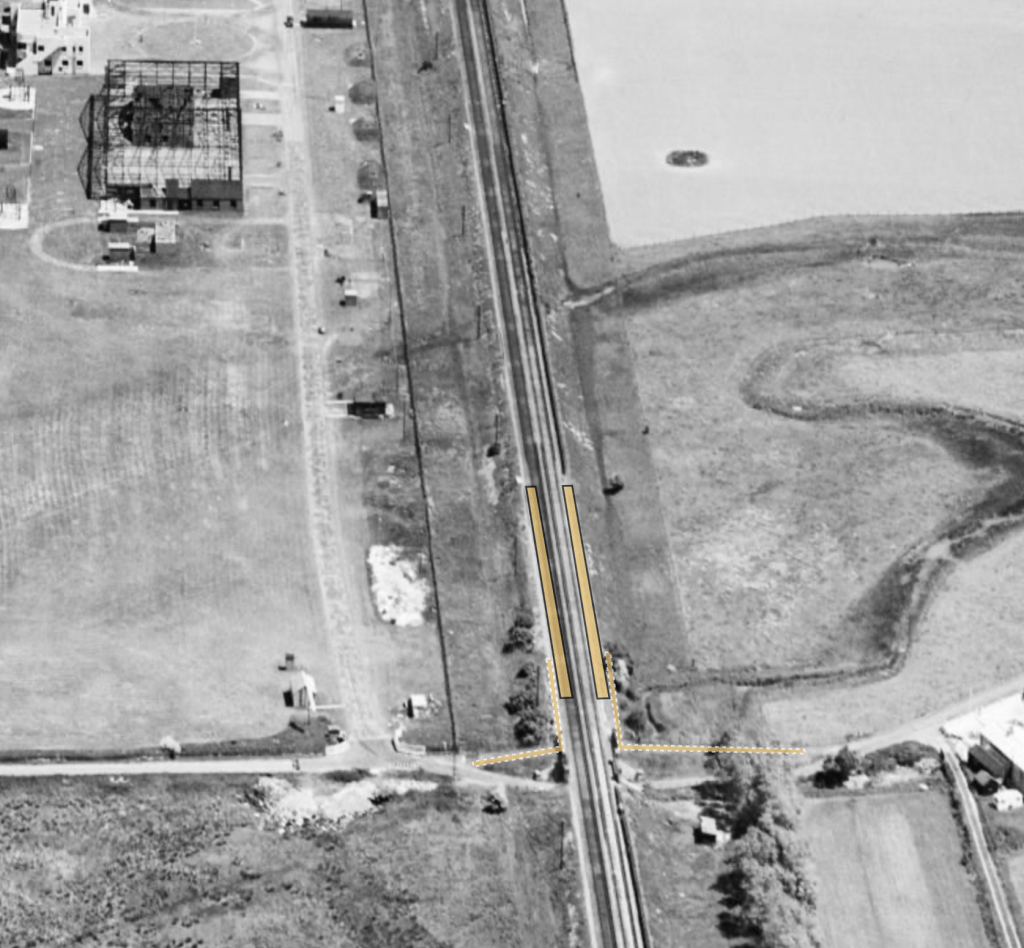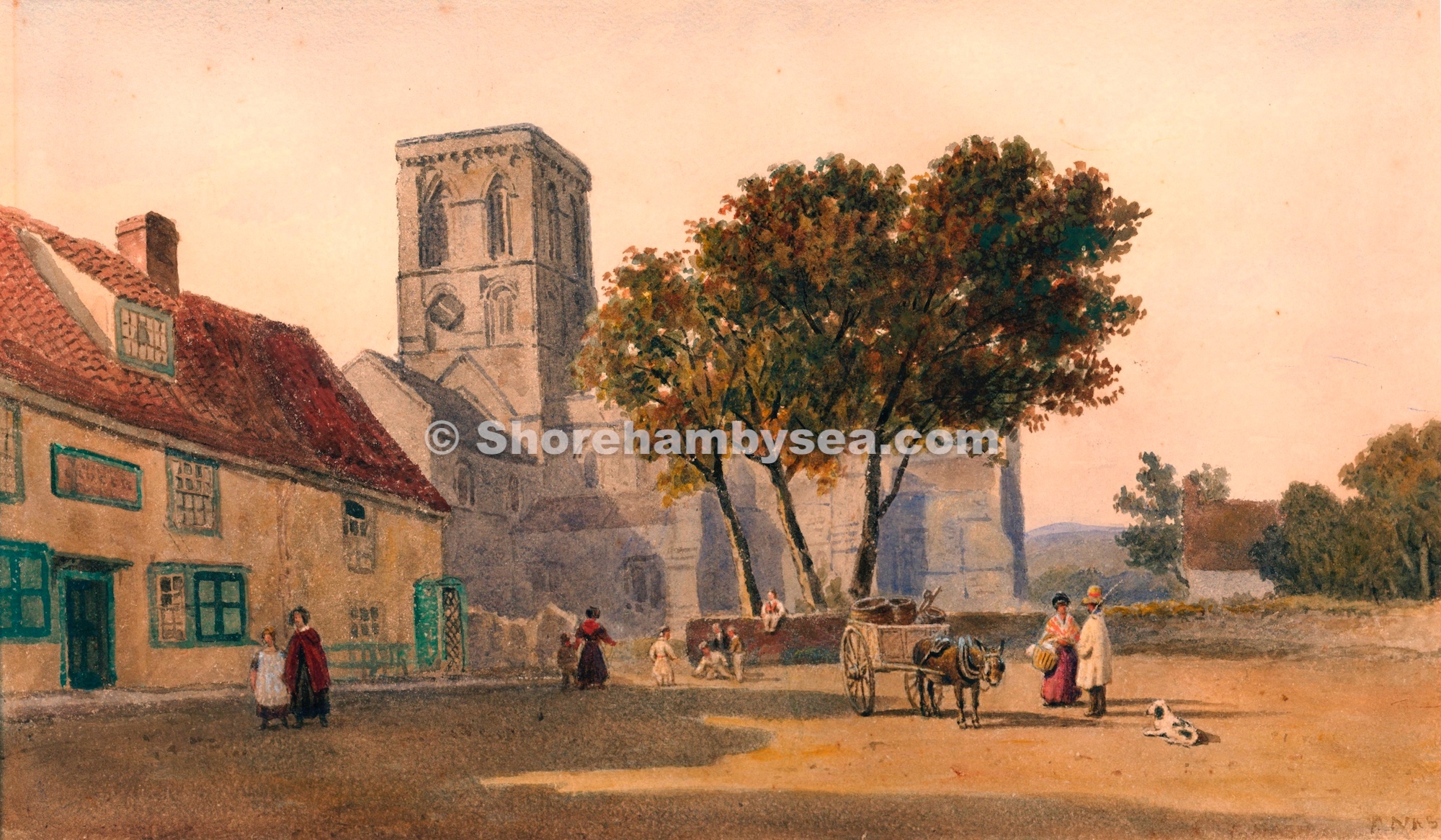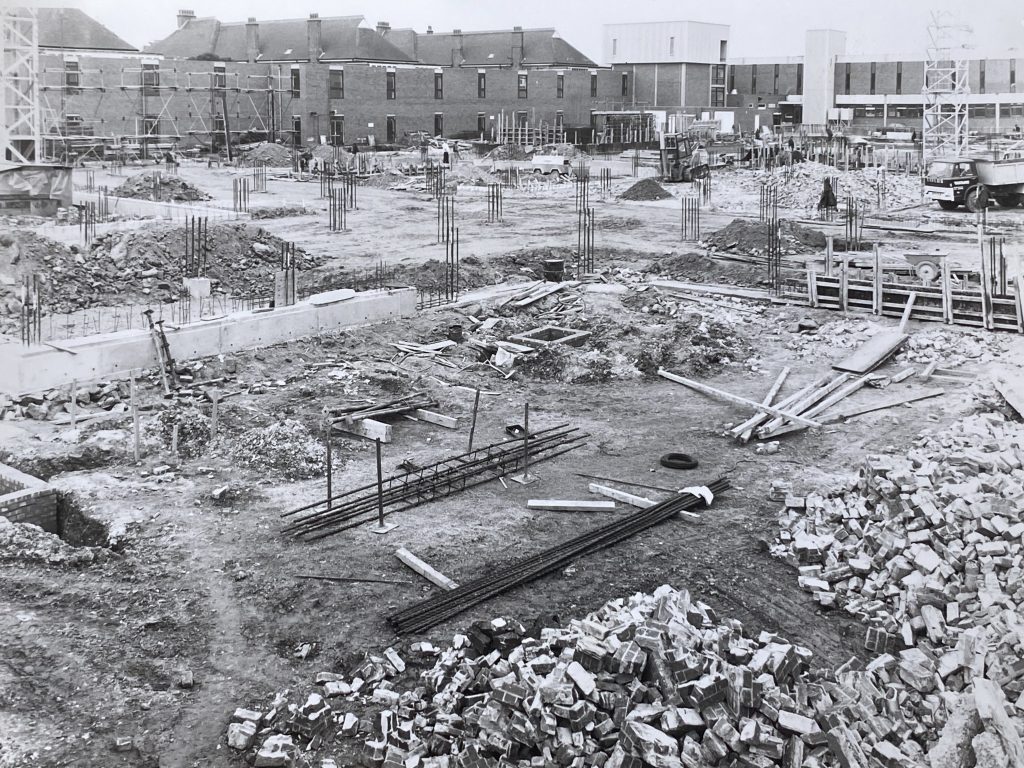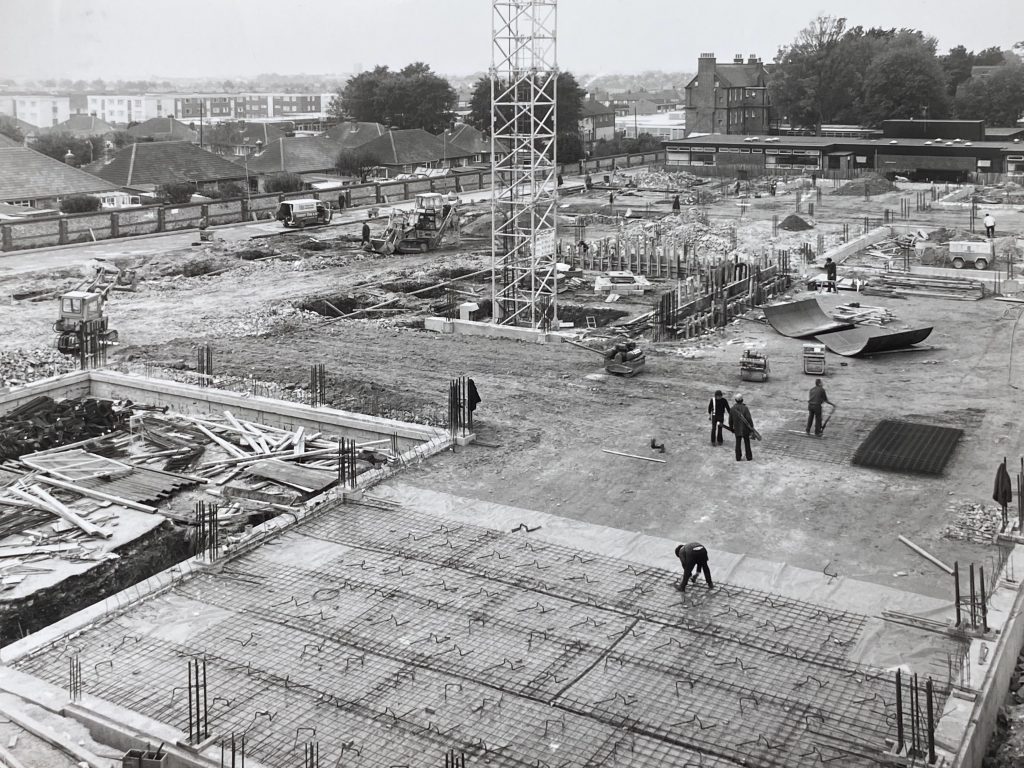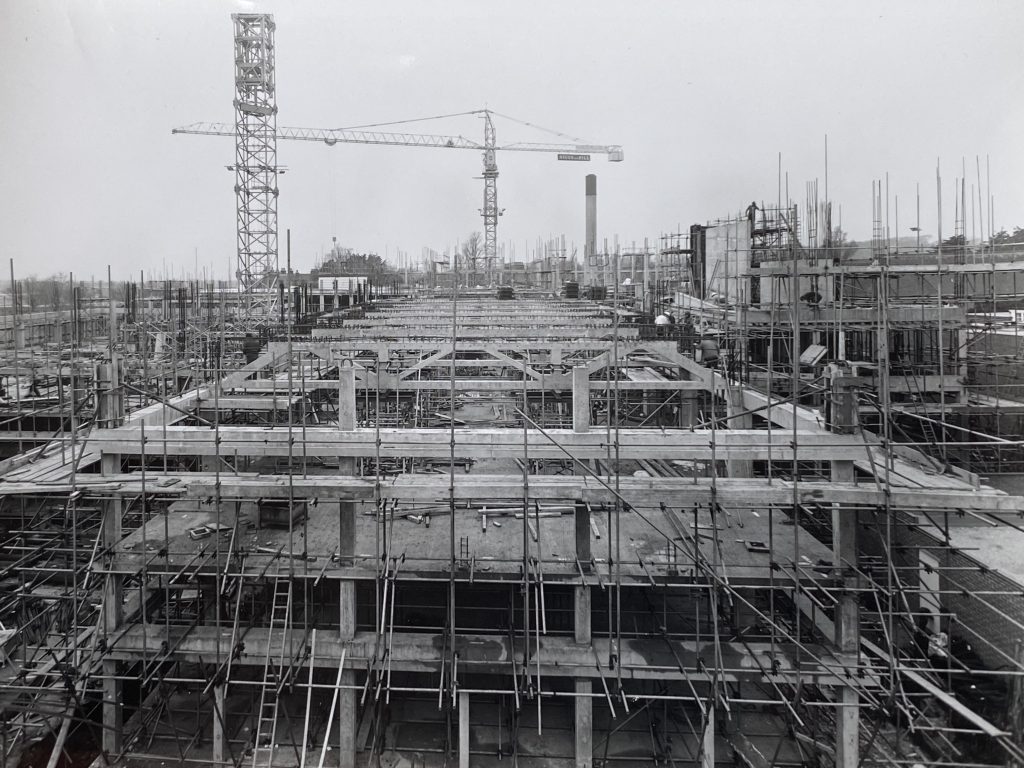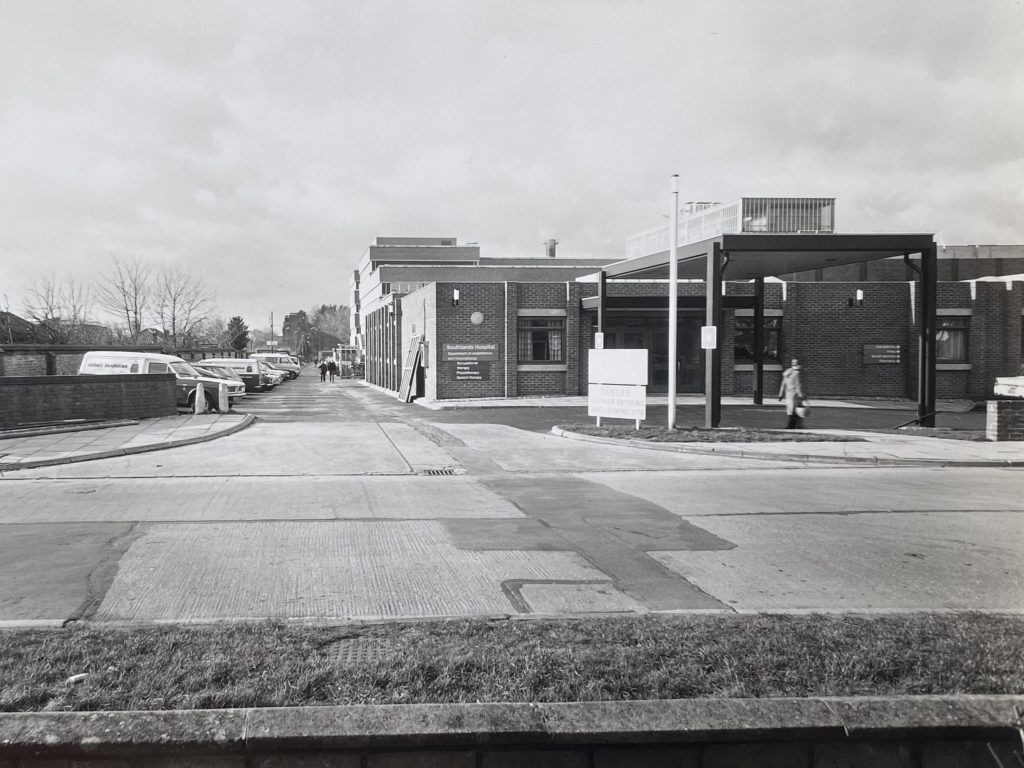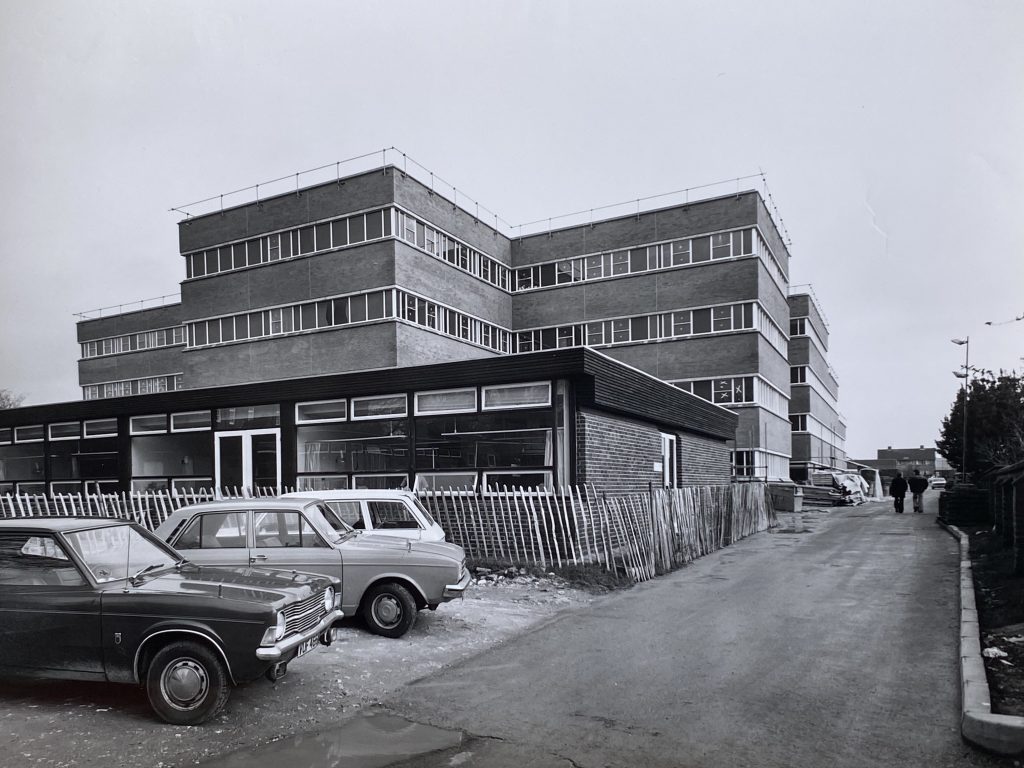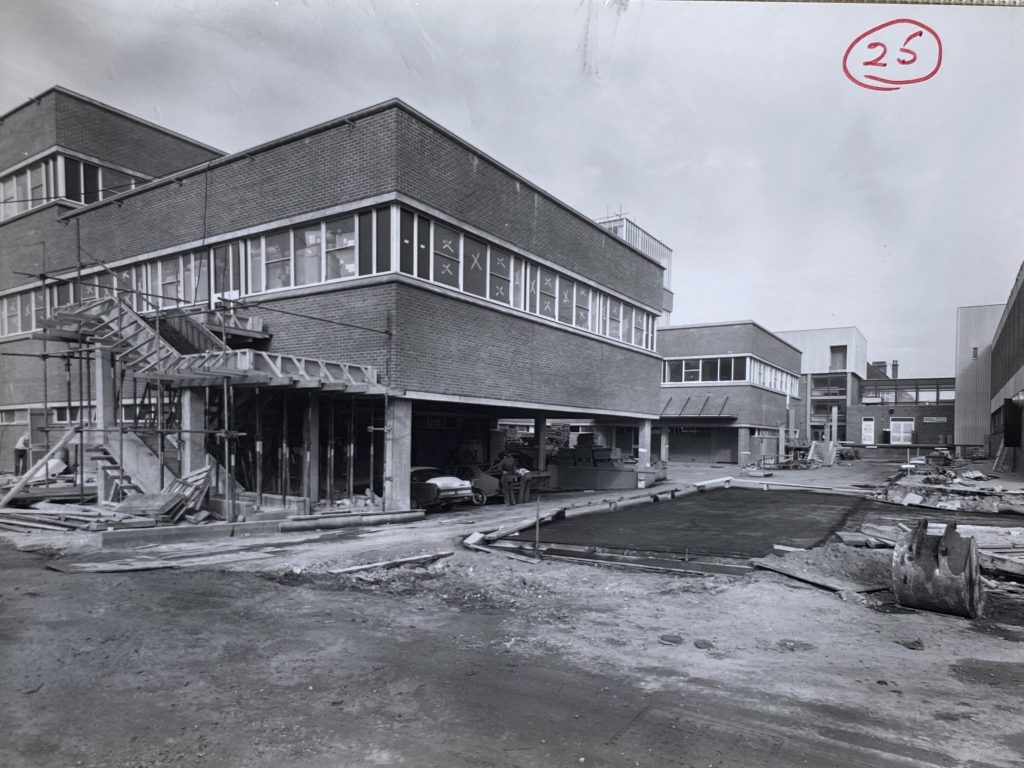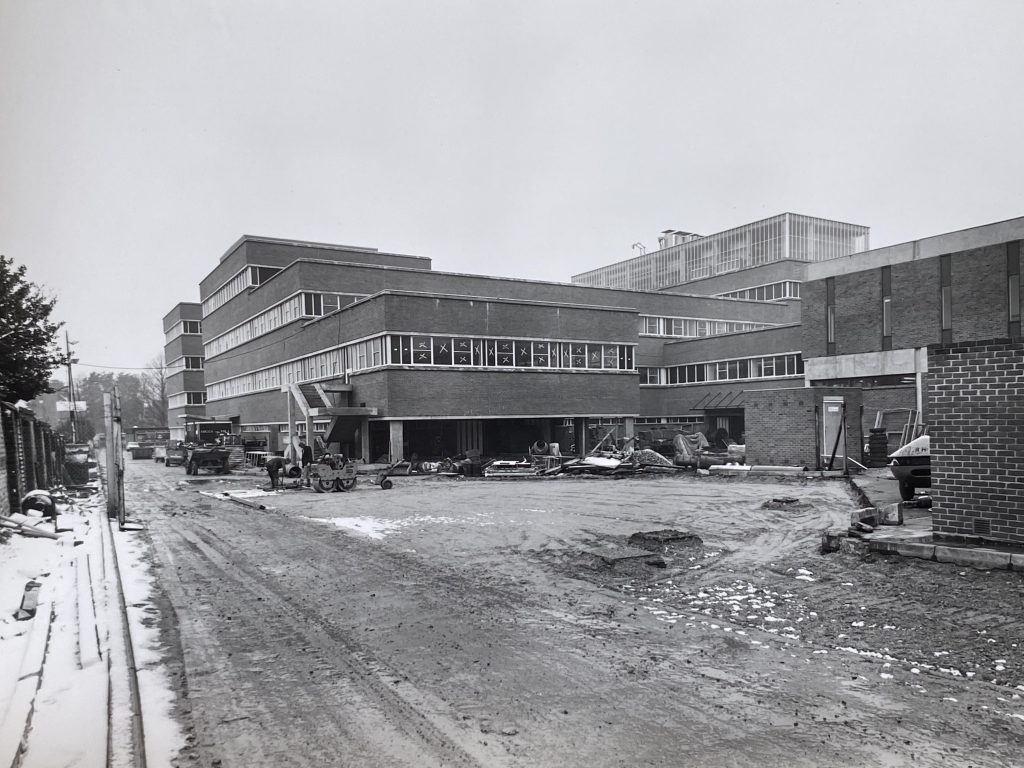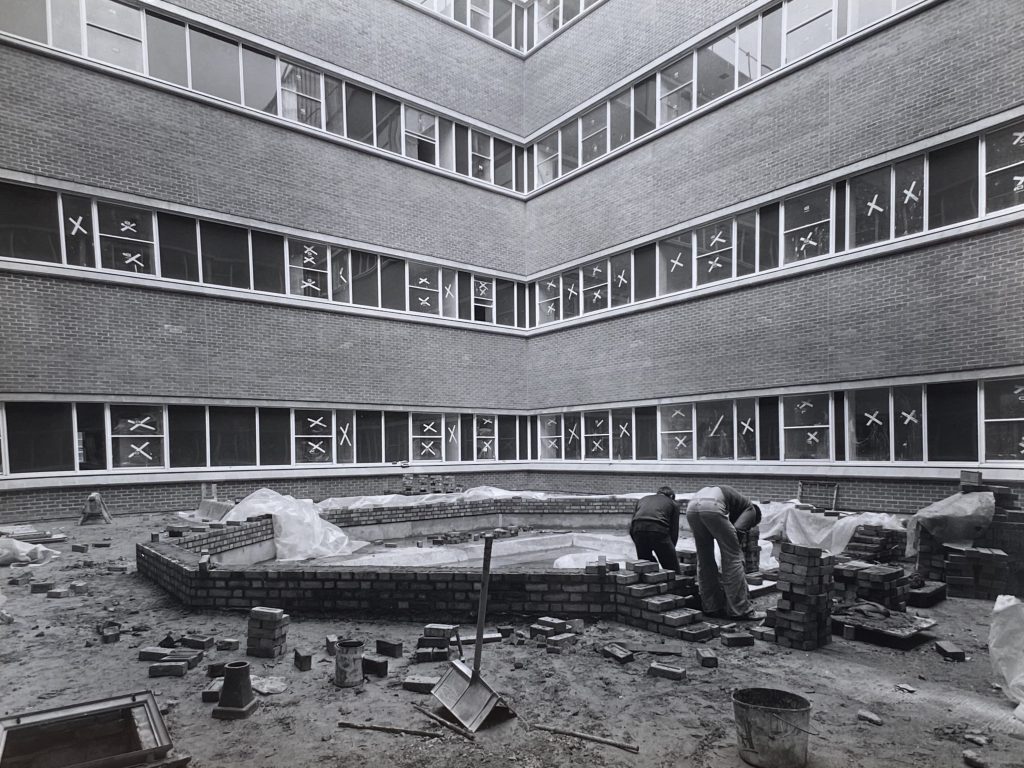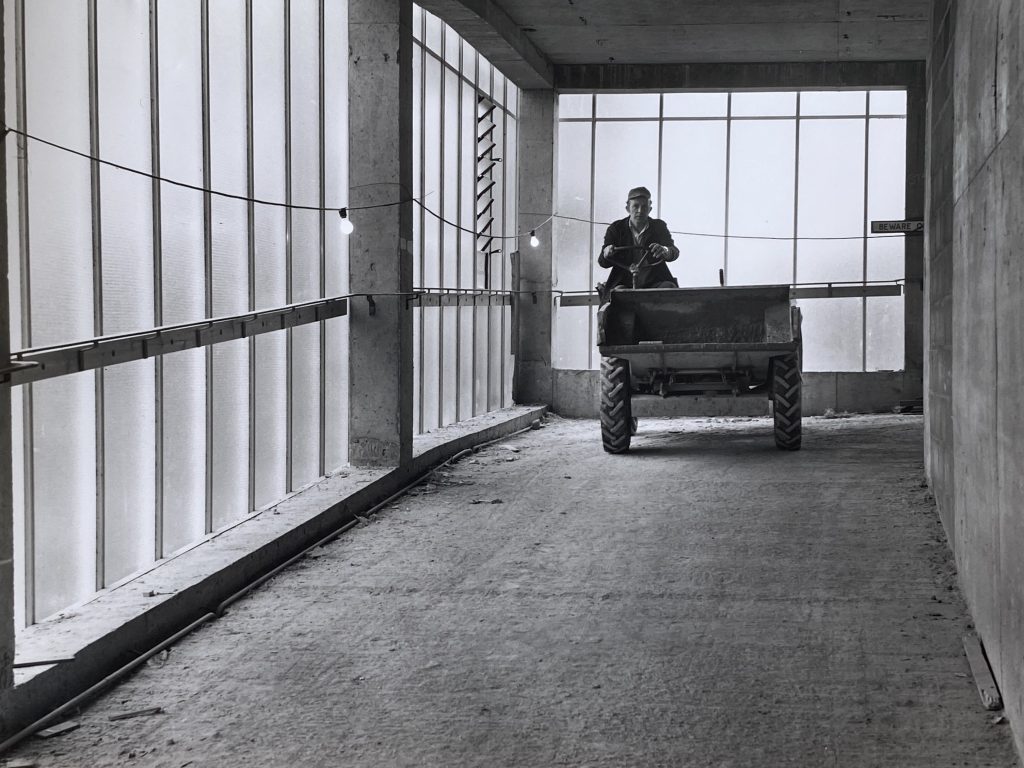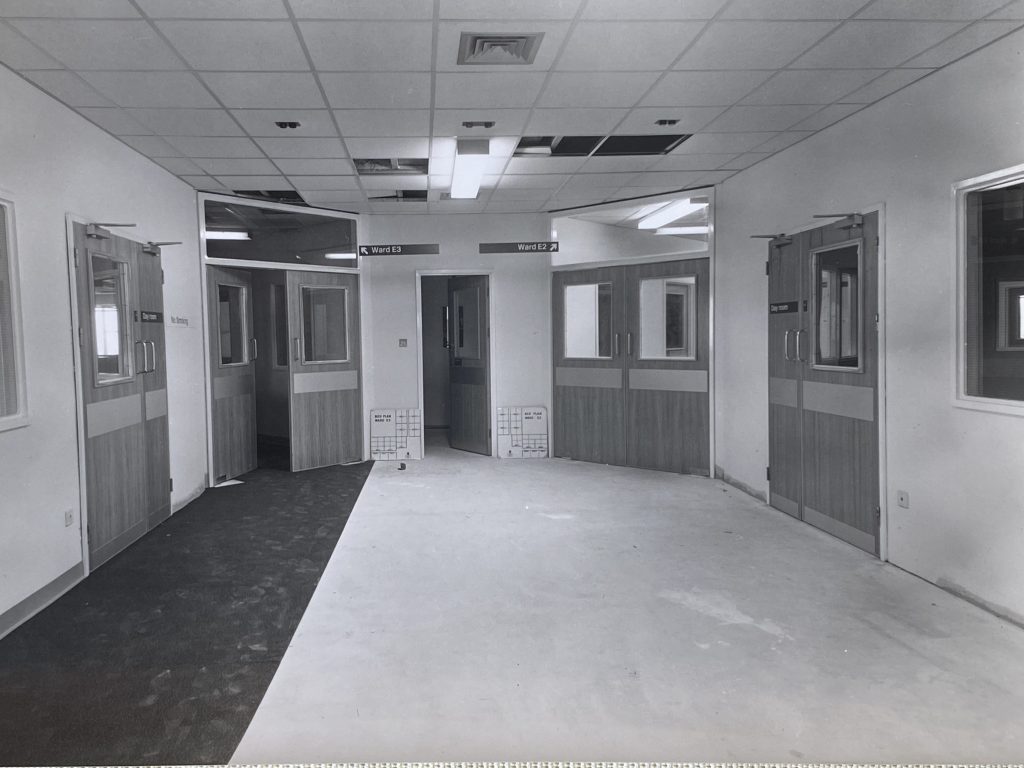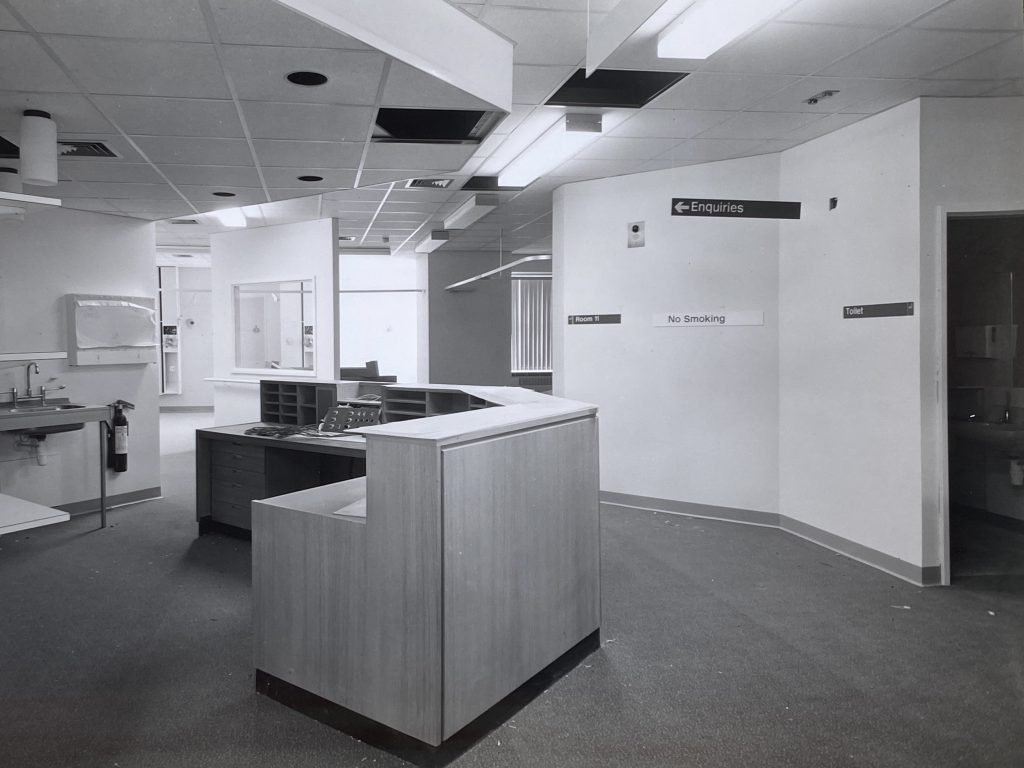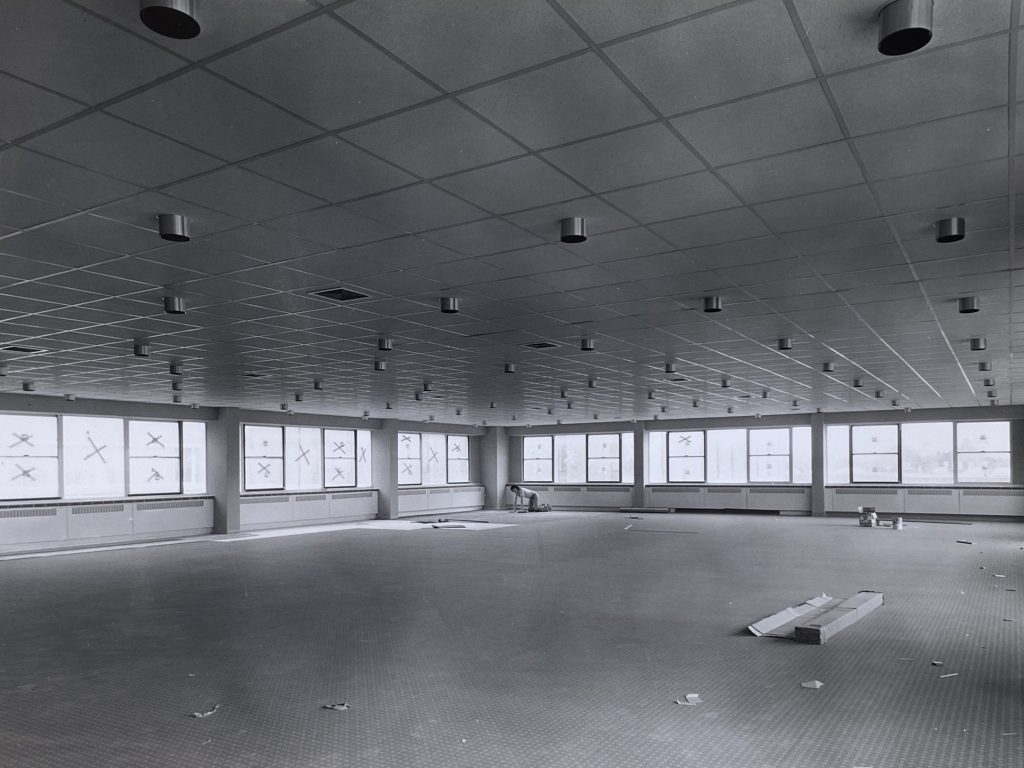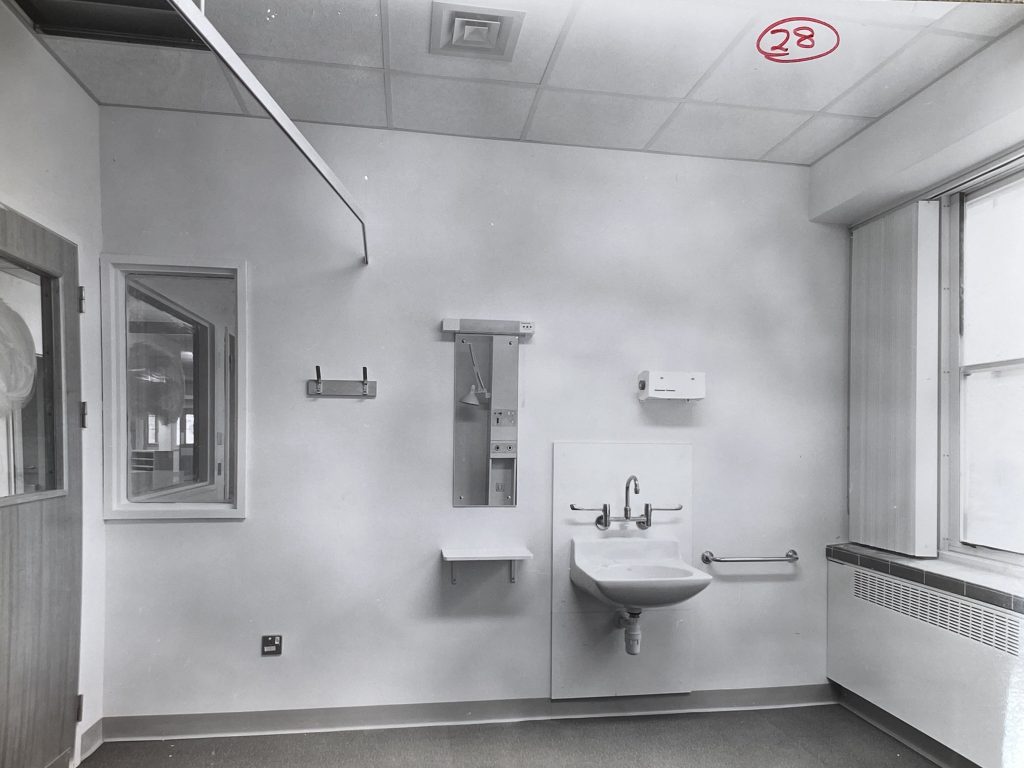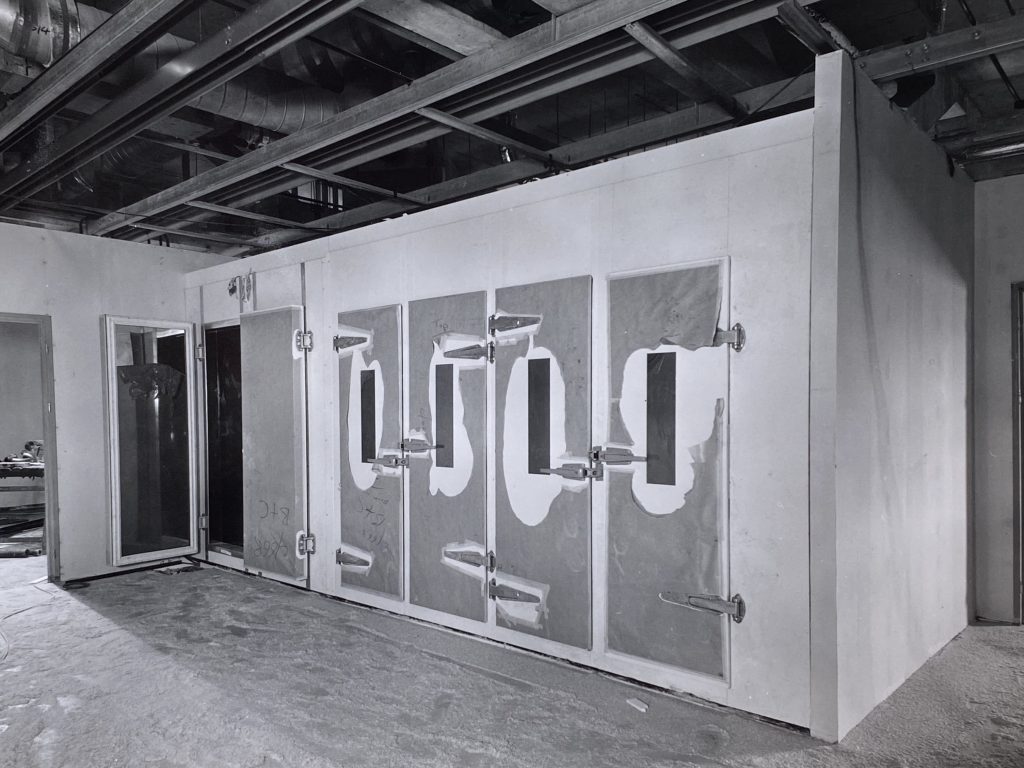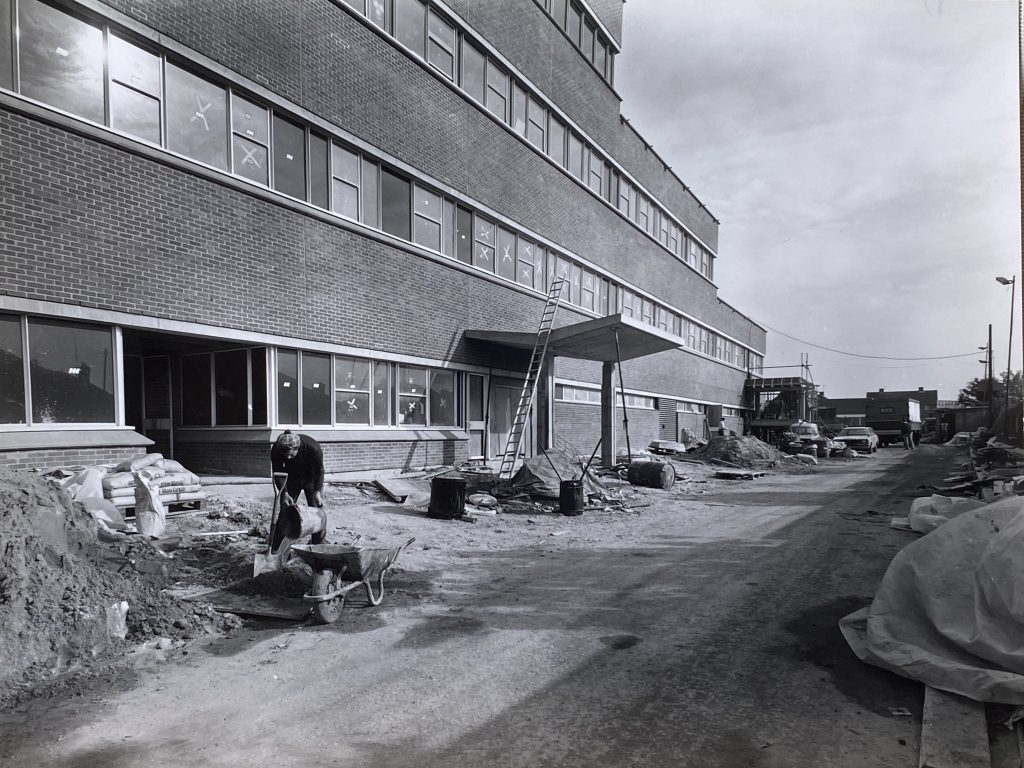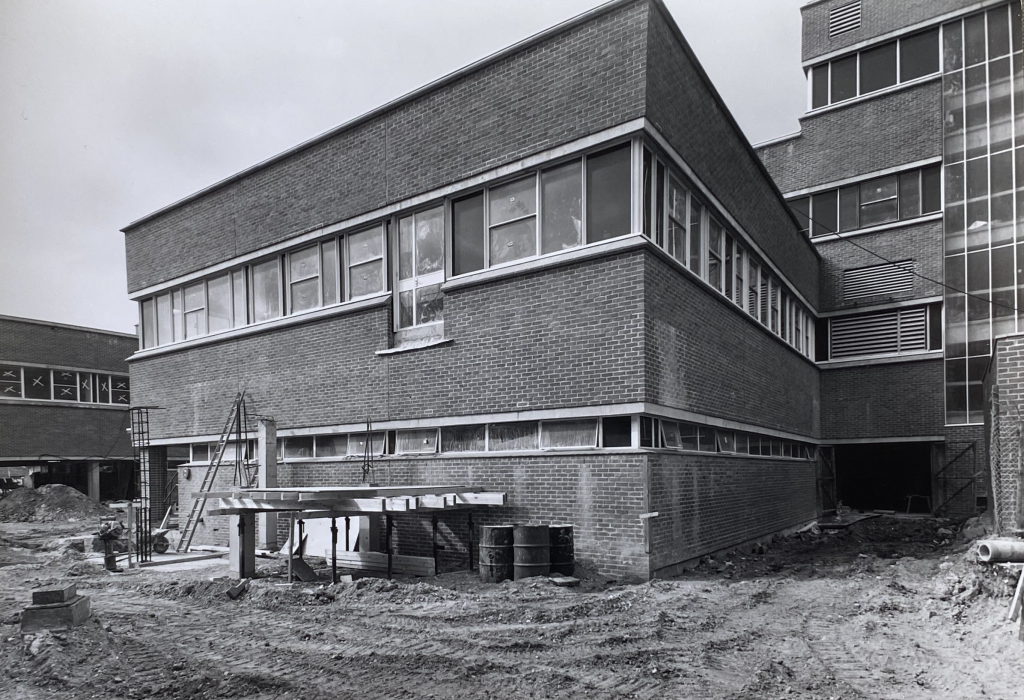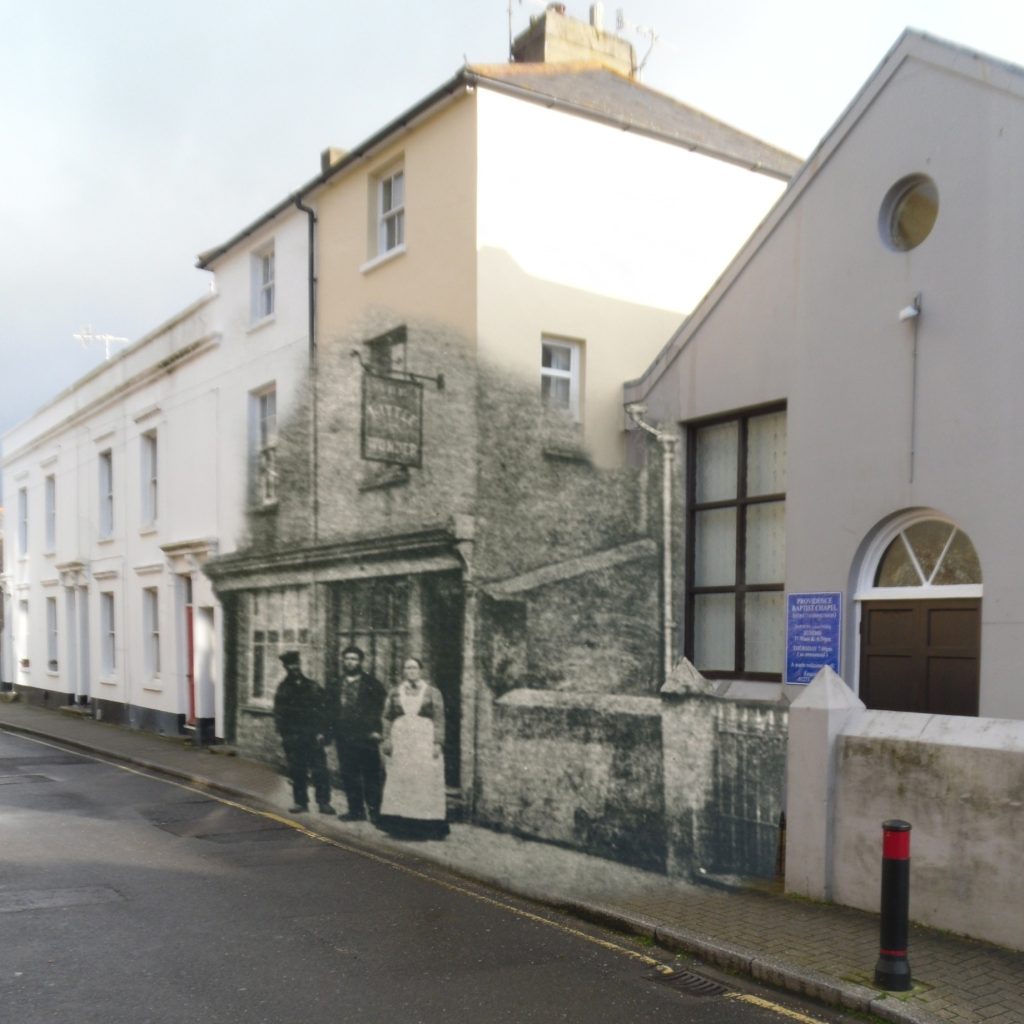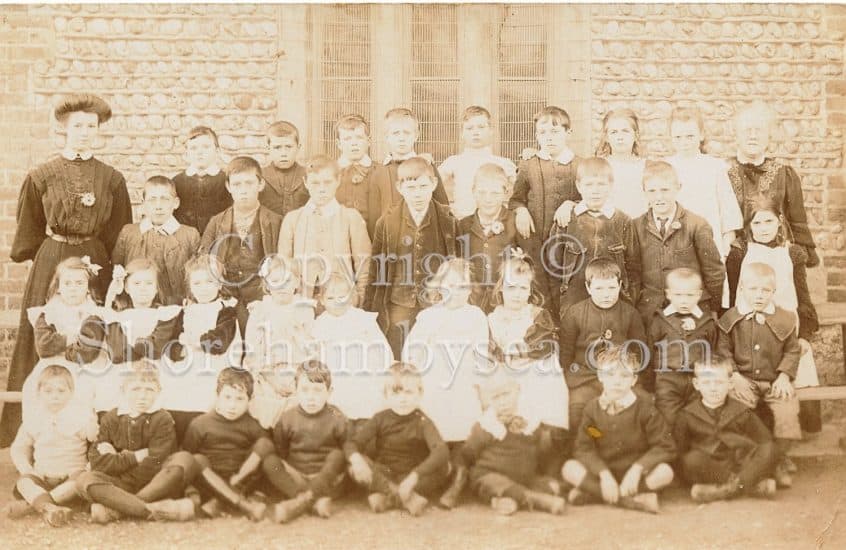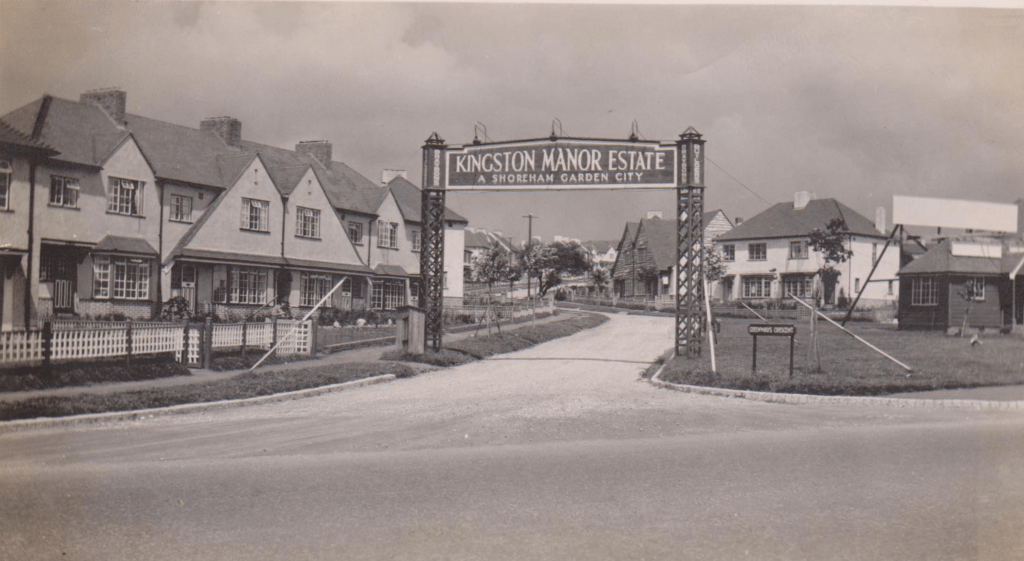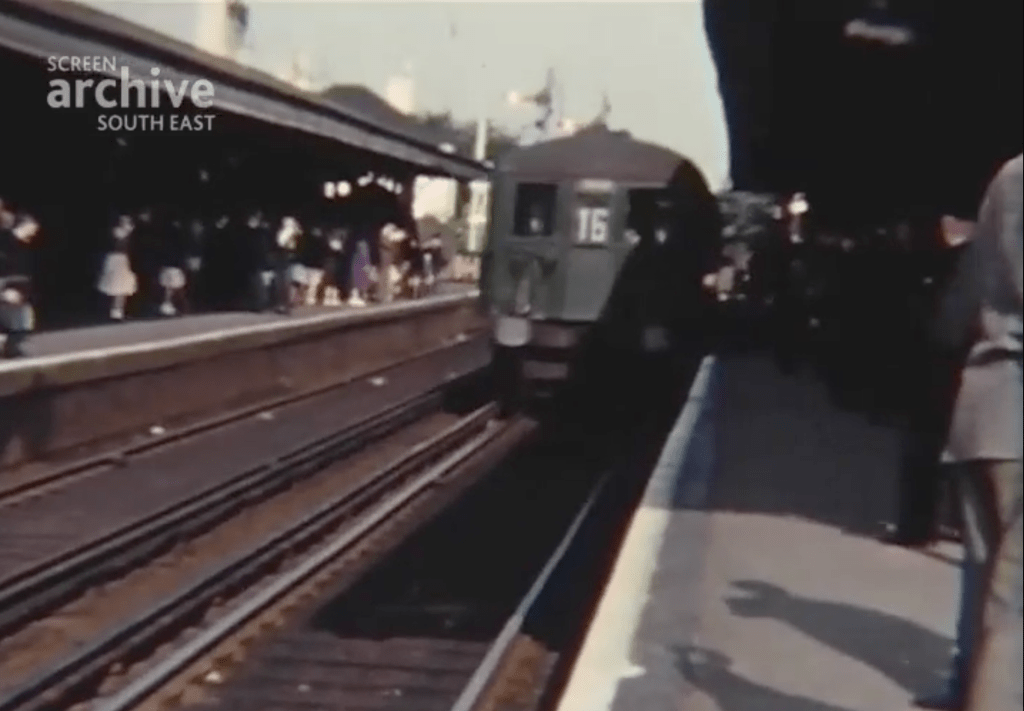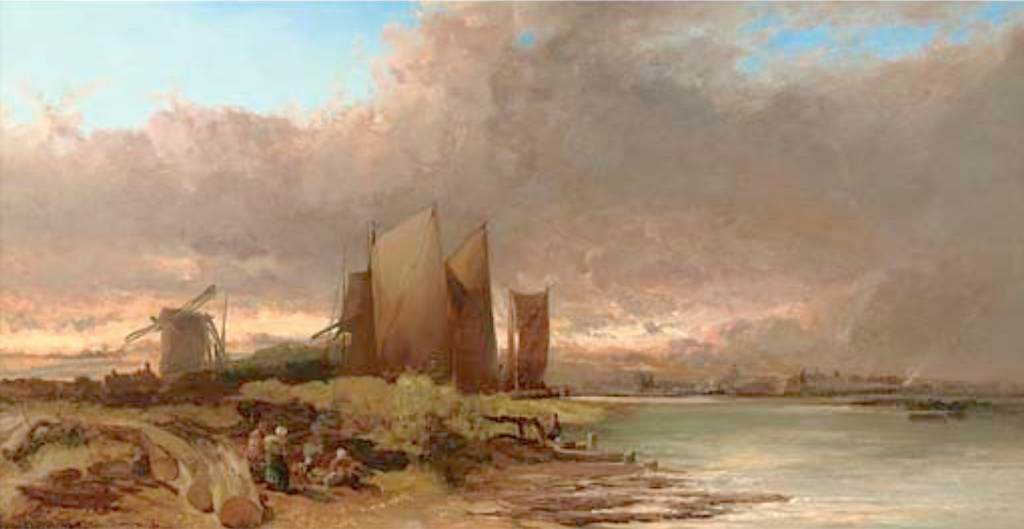Bungalow Town Halt was opened in 1910 to serve the growing community of Shoreham Beach and the holiday camps at the Saltings. Latterly it was to serve the aerodrome immediately to the North, and station signage reflected this. The station was located 30 feet to the East of the rail bridge spanning New Salts Farm Road. It comprised two simple wooden platforms North and South of the tracks and wooden shelter. These were accessed by a steep footpath up the embankment from New Salts Farm Road. The station closed in 1933.
The station reopened as Shoreham Airport station in July 1935, principally to serve the new terminal building of Shoreham Airport. However after only 5 years the station was closed in July 1940.
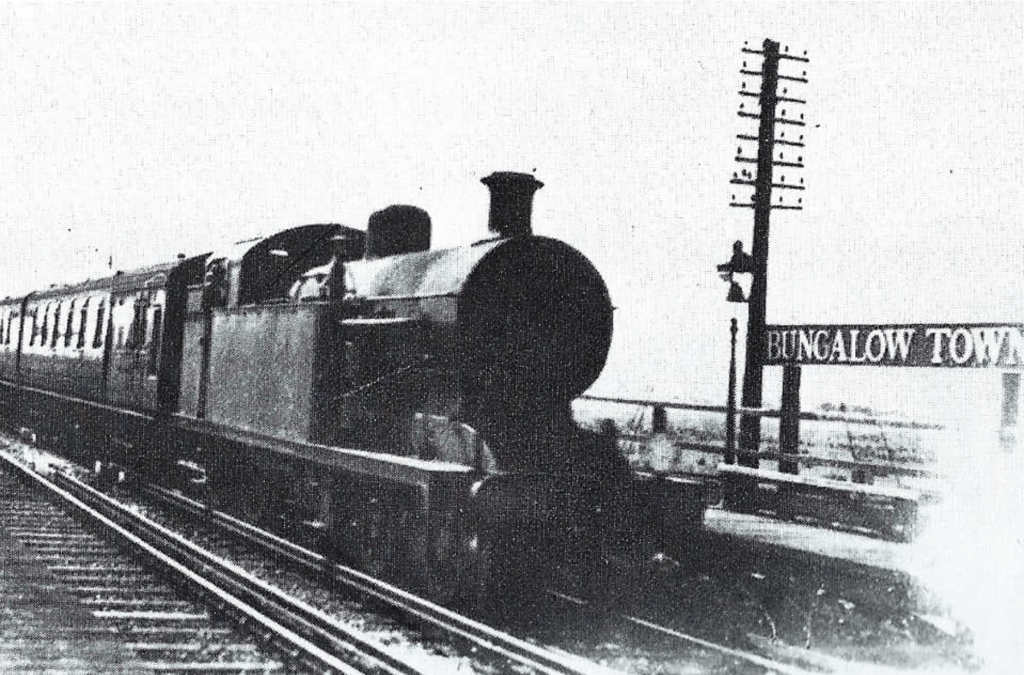
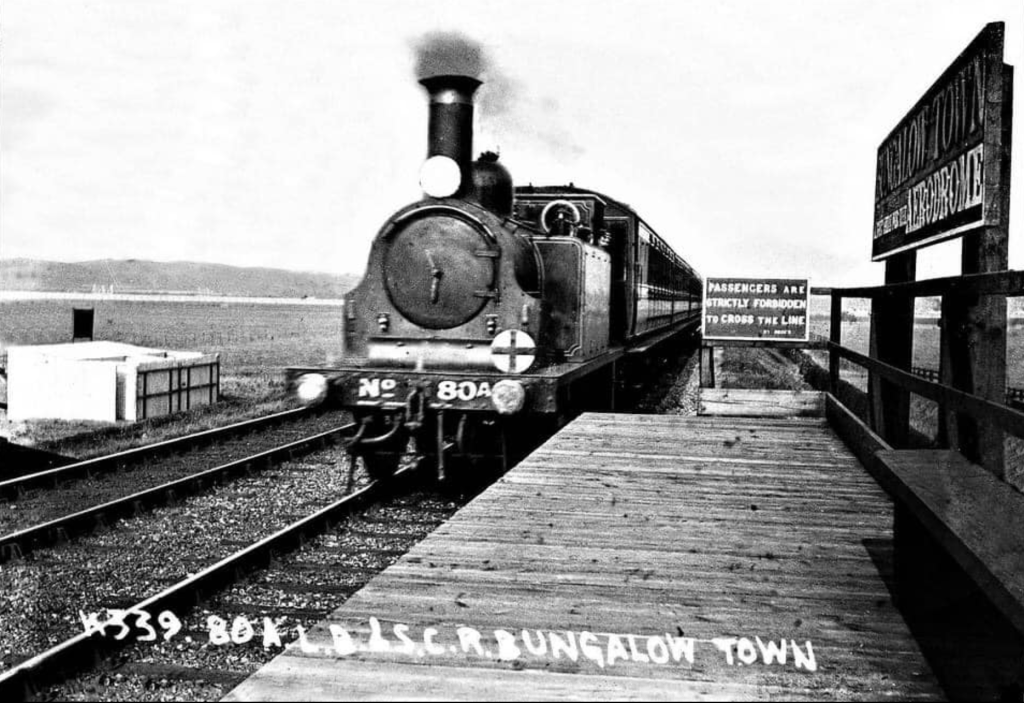
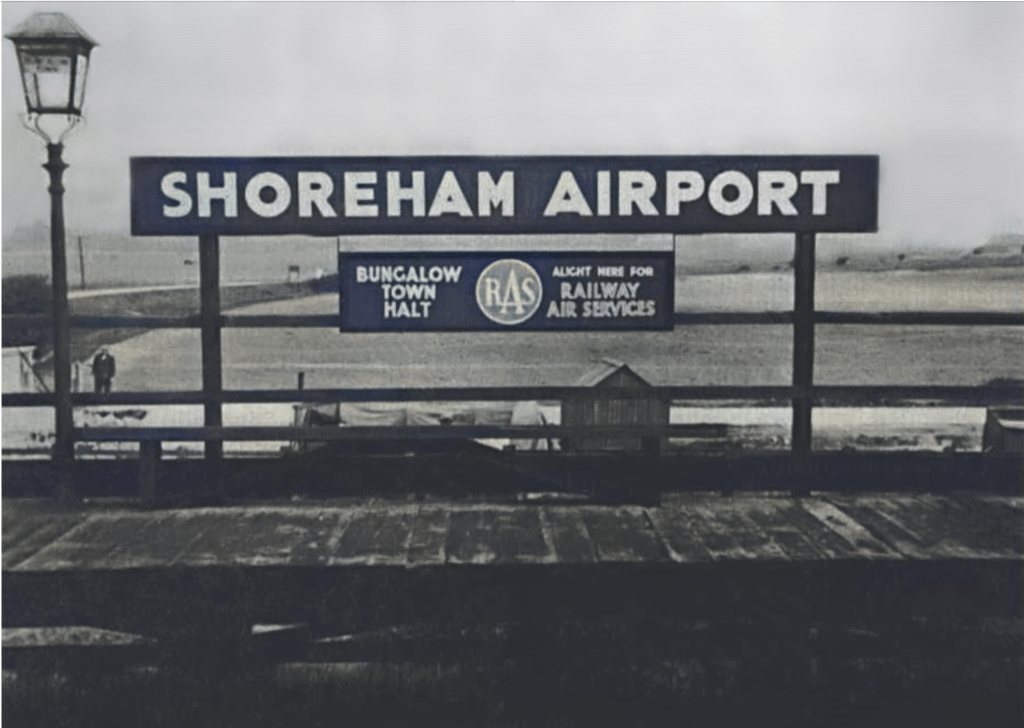
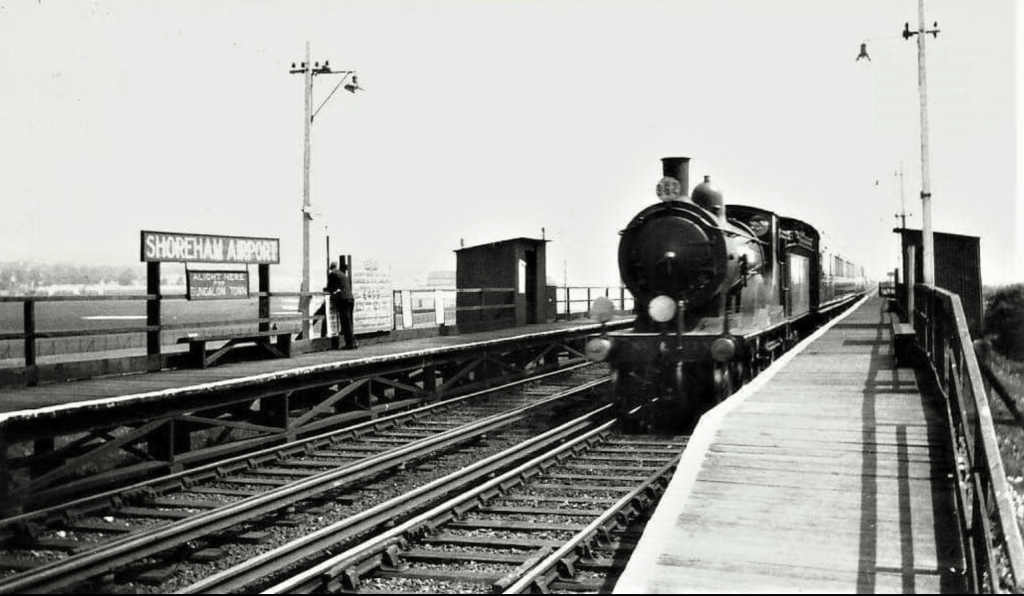
Tragedy in 1934
On August 19th 1934 Southern Railway Policeman PC Alfred Haynes, based at Brighton, had been assigned as part a contingent to police the Bungalow Town station during an air display event (possibly Alan Cobham’s Flying Circus 1934 Tour over the 18th and 19th). He was on duty on the platform at Bungalow Town Halt . The station was over-crowded during the air display and as he attempted to clear people on the platform he was struck and killed by a through train travelling at 45mph. His body was propelled some distance up the track.
Footnote: The records state this to be 1934 and that ties in with a known flying event. However the Bungalow Town station had closed the previous year – not to reopen until 1935. So why were people on the platforms requiring police to manage the crowds? Perhaps they were locals who had decided to view the air displays from the elevated platforms without paying to enter the aerodrome itself? It is known that previous air displays had resulted in large fences being erected along the river towpath to obstruct views of the locals. (you can still see the holes in the towpath that may have held the fence structure in place). If the first day (18th) of displays had seen unmanageable crowds on the now redundant station platform then it would be likely that Southern Railways deployed policemen to prevent a reoccurrence on the second day. This would explain why the platform was crowded despite there not being a stopping train.
